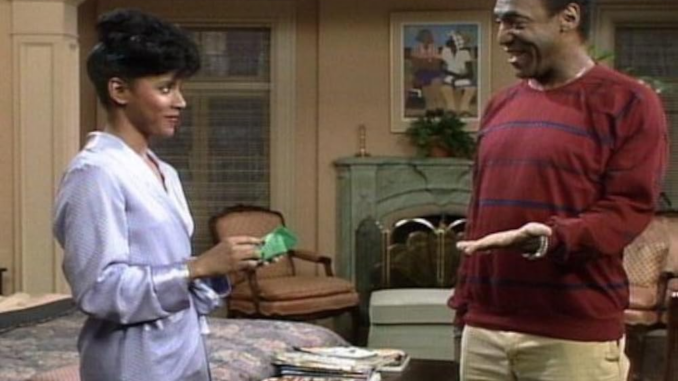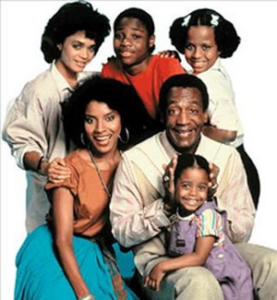
Introduction
Before The Cosby Show, African-American families were rarely depicted as successful and affluent on television. The show not only challenged racial stereotypes but also offered a new vision of African-American family life. In this article, we examine how The Cosby Show revolutionized the portrayal of African-American families on television and its lasting impact on media representation.
Changing the Narrative: African-American Families on TV
Before The Cosby Show, shows like Good Times and Sanford and Son often portrayed African-American families in poverty or dealing with difficult circumstances. The Cosby Show broke this mold by presenting an African-American family that was wealthy, educated, and emotionally supportive. This new portrayal provided a model for viewers that had not been seen before.

The Influence of the Huxtables
The Huxtables were not just a successful family—they were loving, supportive, and well-rounded. They presented an idealized, yet realistic, vision of African-American family life that resonated with a wide audience. The Huxtables’ success was not only measured by their wealth but by their ability to navigate life’s challenges together as a family.
The Show’s Legacy in Media Representation
The Cosby Show paved the way for other shows that featured successful African-American families, such as A Different World and Black-ish. The show’s success demonstrated that audiences wanted to see diverse and complex portrayals of African-American life, leading to a more inclusive representation of race and class on television.
Conclusion
The Cosby Show was a groundbreaking series that changed the way African-American families were represented on television. Its legacy continues to influence modern TV shows, ensuring that future generations will see themselves reflected in a more diverse, accurate, and multifaceted way.
